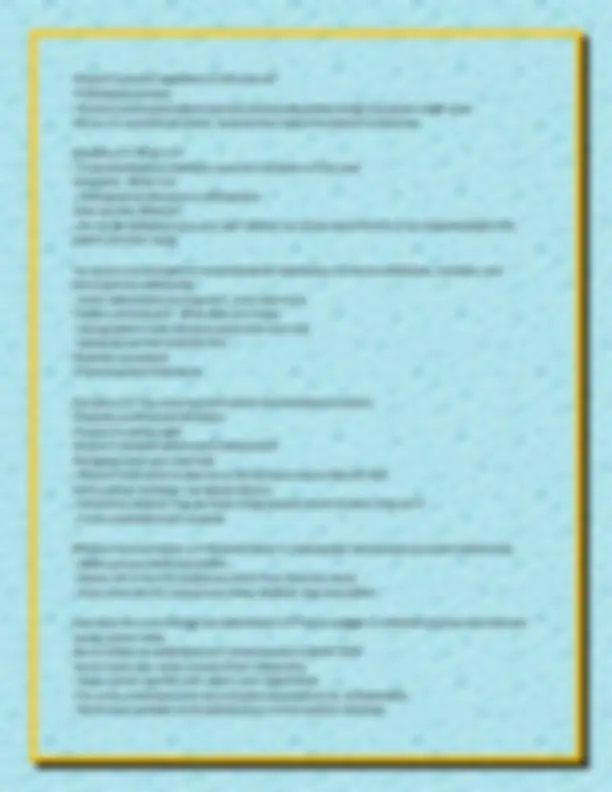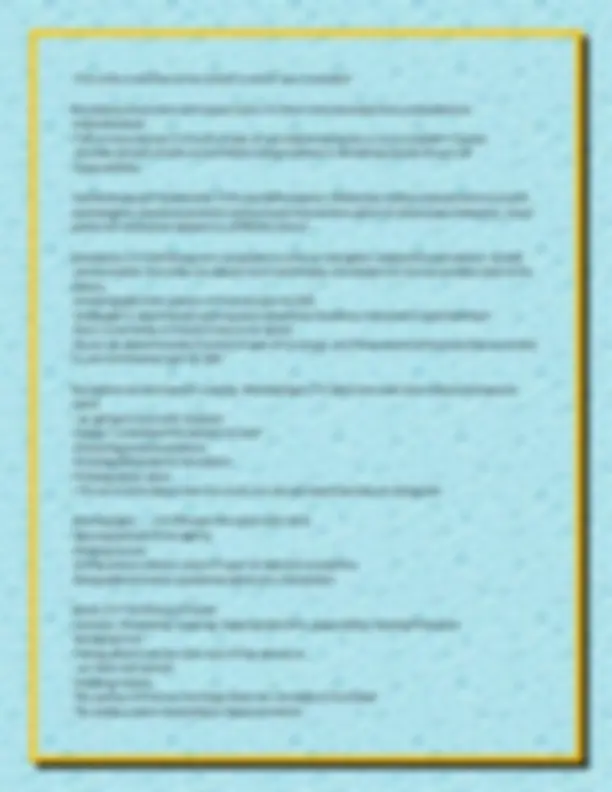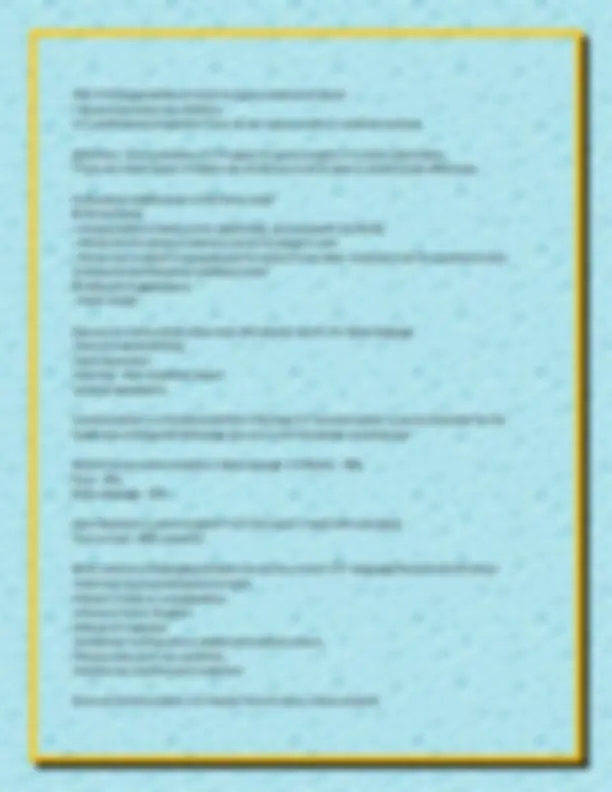





Study with the several resources on Docsity

Earn points by helping other students or get them with a premium plan


Prepare for your exams
Study with the several resources on Docsity

Earn points to download
Earn points by helping other students or get them with a premium plan
Community
Ask the community for help and clear up your study doubts
Discover the best universities in your country according to Docsity users
Free resources
Download our free guides on studying techniques, anxiety management strategies, and thesis advice from Docsity tutors
Nursing 101 Notes: Lecture 1 and 2
Typology: Study notes
1 / 6

This page cannot be seen from the preview
Don't miss anything!




Nursing 101 Notes: Lecture 1 and 2 School of Nursing Curriculum ✔✔-Quality: minimum of safe, aim for quality
Confidentiality ✔✔-Keep personal info private
CNO ✔✔-Responsibility of nurse to report instances of abuse --Abuse stops when you interfere